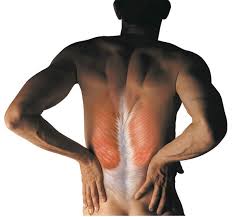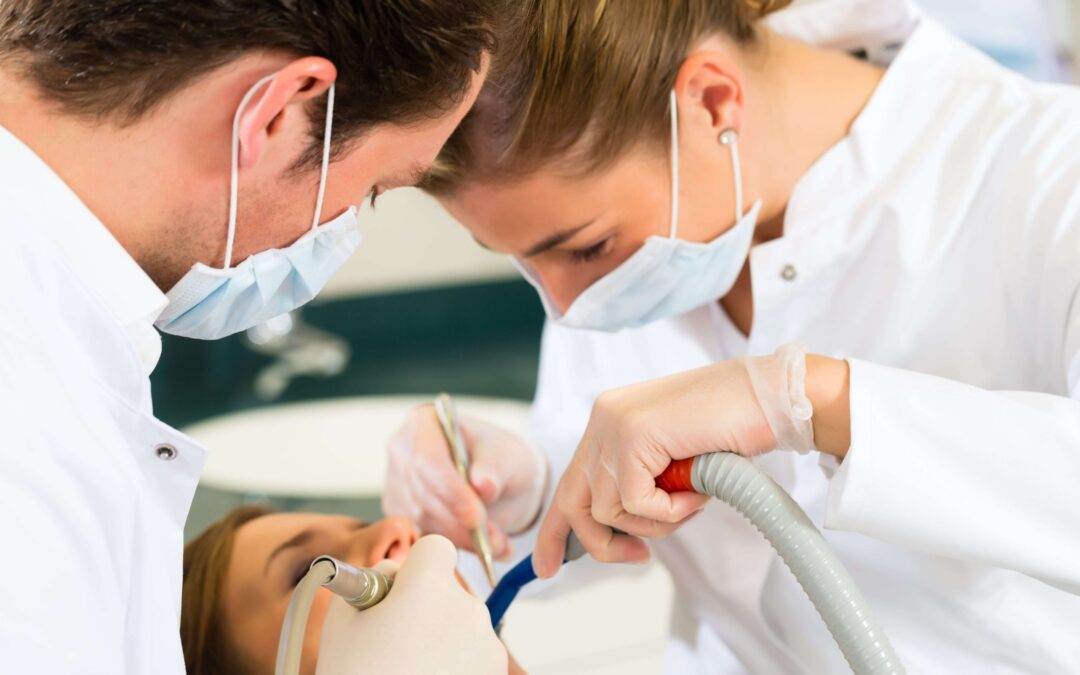Muscle spasms can be painful and disruptive, affecting your daily activities and overall comfort. Whether caused by overuse, dehydration, nerve issues, or underlying conditions, treating muscle spasms effectively is essential. This guide will walk you through the best methods to relieve muscle spasms, including lifestyle changes, home remedies, and medications like Baclof 10 mg, which is widely used for muscle relaxation.
✅ What Are Muscle Spasms?
Muscle spasms, also known as cramps, are sudden, involuntary contractions of one or more muscles. They often occur in the legs, back, neck, or arms and can range from mild twitches to severe pain. Spasms typically last for a few seconds to several minutes, but in some cases, they can persist longer.
🩹 Common Causes of Muscle Spasms
Understanding the causes of muscle spasms is key to effective treatment. Some common triggers include:
-
Dehydration: Lack of fluids can cause electrolyte imbalances, leading to muscle cramps.
-
Overuse or strain: Intense physical activity can fatigue muscles, causing spasms.
-
Poor circulation: Restricted blood flow reduces oxygen supply to muscles, triggering spasms.
-
Nerve compression: Conditions like sciatica or herniated discs can irritate nerves, causing muscle spasms.
-
Mineral deficiencies: Low levels of potassium, magnesium, or calcium can cause cramping.
💊 Step 1: Use Muscle Relaxants Like Baclof 10 mg
For severe or chronic muscle spasms, medications like Baclof 10 mg can provide significant relief. This prescription muscle relaxant works by reducing the transmission of nerve signals that cause muscle stiffness and spasms.
-
Dosage: Always follow your doctor’s recommendations when using Baclof 10 mg.
-
Effectiveness: It helps reduce the frequency and intensity of spasms, improving mobility and comfort.
-
Precautions: Do not exceed the prescribed dose to avoid side effects like drowsiness or dizziness.
🧘♀️ Step 2: Stretch and Strengthen Muscles
Stretching exercises help prevent and relieve spasms by improving flexibility and blood circulation.
-
For leg spasms: Try calf stretches by placing your hands on a wall and stepping back with the affected leg.
-
For back spasms: Perform gentle twists and cat-cow stretches to reduce tension.
-
For neck spasms: Slowly tilt your head from side to side to release stiffness.
💧 Step 3: Stay Hydrated
Dehydration is a common cause of muscle spasms. Drink plenty of water and electrolyte-rich beverages throughout the day.
-
Tip: Increase your fluid intake during exercise or hot weather to prevent cramps.
-
Electrolytes: Consume foods rich in potassium, magnesium, and calcium to keep your muscles functioning properly.
🩺 Step 4: Apply Heat or Cold Therapy
Using heat or cold packs can provide immediate relief from muscle spasms.
-
Heat therapy: Helps loosen tight muscles and improve blood flow. Use a heating pad for 15-20 minutes.
-
Cold therapy: Reduces inflammation and numbs the area. Apply an ice pack wrapped in a cloth for 10-15 minutes.
🛏️ Step 5: Get Enough Rest and Sleep
Fatigued muscles are more prone to spasms. Ensure you get 7-9 hours of quality sleep each night.
-
Sleep position: Sleep in a comfortable position to reduce muscle strain.
-
Posture: Use supportive pillows to keep your spine aligned.
⚙️ Step 6: Consider Physical Therapy
If you experience frequent or severe muscle spasms, physical therapy can help.
-
Massage therapy: Relieves muscle tension and improves circulation.
-
Strength training: Strengthens weak muscles, reducing the likelihood of spasms.
-
Stretching routines: Improves flexibility and prevents stiffness.
🥗 Step 7: Maintain a Healthy Diet
A balanced diet can prevent nutrient deficiencies that lead to muscle spasms.
-
Include: Leafy greens, bananas, nuts, and dairy products to boost magnesium, potassium, and calcium levels.
-
Limit: Processed foods high in sodium, which can deplete essential minerals.
🚫 When to See a Doctor
If your muscle spasms are frequent, severe, or interfere with daily activities, consult a healthcare professional. Seek medical help if you experience:
-
Persistent pain despite home remedies.
-
Weakness or numbness in the affected area.
-
Swelling or redness, which may indicate a more serious condition.
✅ Final Thoughts
Muscle spasms can be managed effectively with a combination of medications, stretches, hydration, and rest. Using muscle relaxants like Baclof 10 mg can significantly reduce pain and improve mobility. However, it is essential to follow your doctor’s advice and adopt healthy lifestyle habits to prevent future spasms.






0 Comments